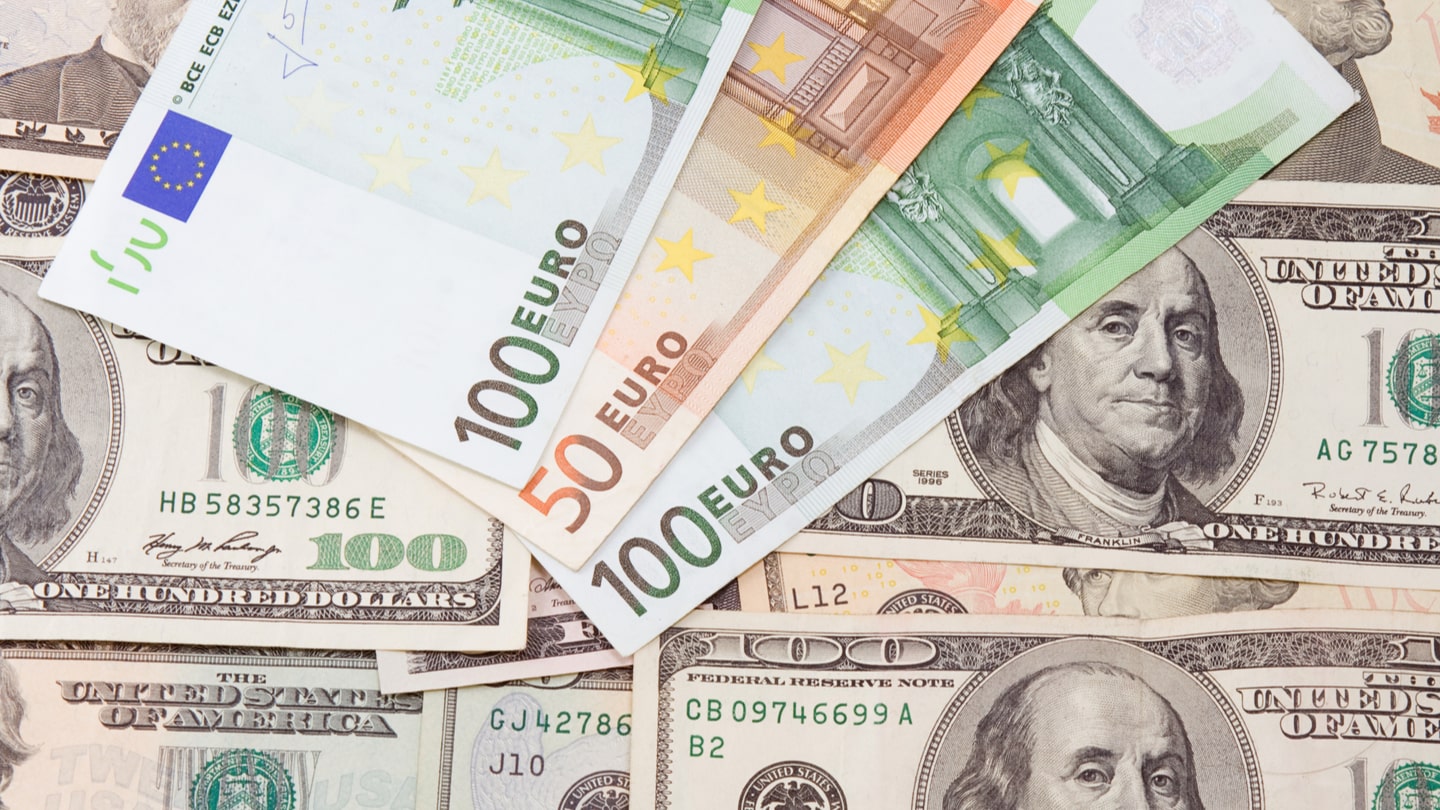Not all currencies and currency pairs have been created equal, which should come as no surprise given that there are around 170 assets of this type currently in circulation across the globe.
However, it’s the seven so-called “major” currency pairs that account for a whopping 68% of total daily trading volumes, while the omnipotent US dollar (which is established as the world’s primary foreign reserve currency) is on one side of approximately 88% of all trades, according to Compare Forex.
The USD also dominated the seven most traded currency pairs in 2020, including the EUR/USD. This is the most popular asset of its type in the market and has been historically too, but why is this the case?
Market Share and Performance for the EUR/USD
In 2019, it was estimated that the EUR/USD accounted for a little over 24% of all global forex trades, while this percentage appears to have increased incrementally last year.
More specifically, the EUR/USD accounted for just under 28% of all currency exchanges in 2020, as investors sought out relatively stable and highly liquid pairings against the backdrop of the coronavirus pandemic and subsequent market volatility.
Of course, high liquidity is one of the primary benefits of trading the EUR/USD, with this asset incredibly easy to buy and sell in real-time. It also helps that the respective currencies belong to the two largest economies in the world at present, despite the challenges being posed by developing countries like China, India and South Africa.
Currently, there’s bearish market sentiment for the EUR/USD pairing, with the single currency slightly undermined by Brexit implications and the greenback experiencing something of a minor bull run.
According to James Harte, a senior analyst from Tickmill.com, the EUR/USD is also under pressure from a third-wave of Covid infections in the Eurozone,
According to the IGCS gauge, approximately 59% of retail traders are currently net-long on EUR/USD, as sentiment continues to waver and investors speculate on a short-term price decline.
What Factors Impact on EUR/USD Trading?
While coronavirus and Brexit are temporarily price influencers, there are other universal factors to consider as a EUR/USD trader.
The first of these is the different trading sessions, as this has a direct impact on volatility and the trading volumes that underpin the pairing. For example, the pair is only slightly traded during the Asian session, as the major data releases and news events that impact the EUR/USD tend to occur between the hours of 8am and 5pm GMT.
So, the European session tends to see the largest trading volumes for the EUR/USD, particularly between the hours of 12pm and 4pm GMT when there’s a clear overlap between the US and London stock exchanges.
This is the best possible window in which to change EUR/USD, especially if you’re a scalper or day trader that thrives on volatility.
Political instability also impacts the EUR/USD, with Brexit offering a relevant case in point. The diversity of strength and industries within EU member states also complicates the relationship between these two currencies, with the sentiment of politicians can also cause prices to rise and fall in real-time.



Leave a Reply